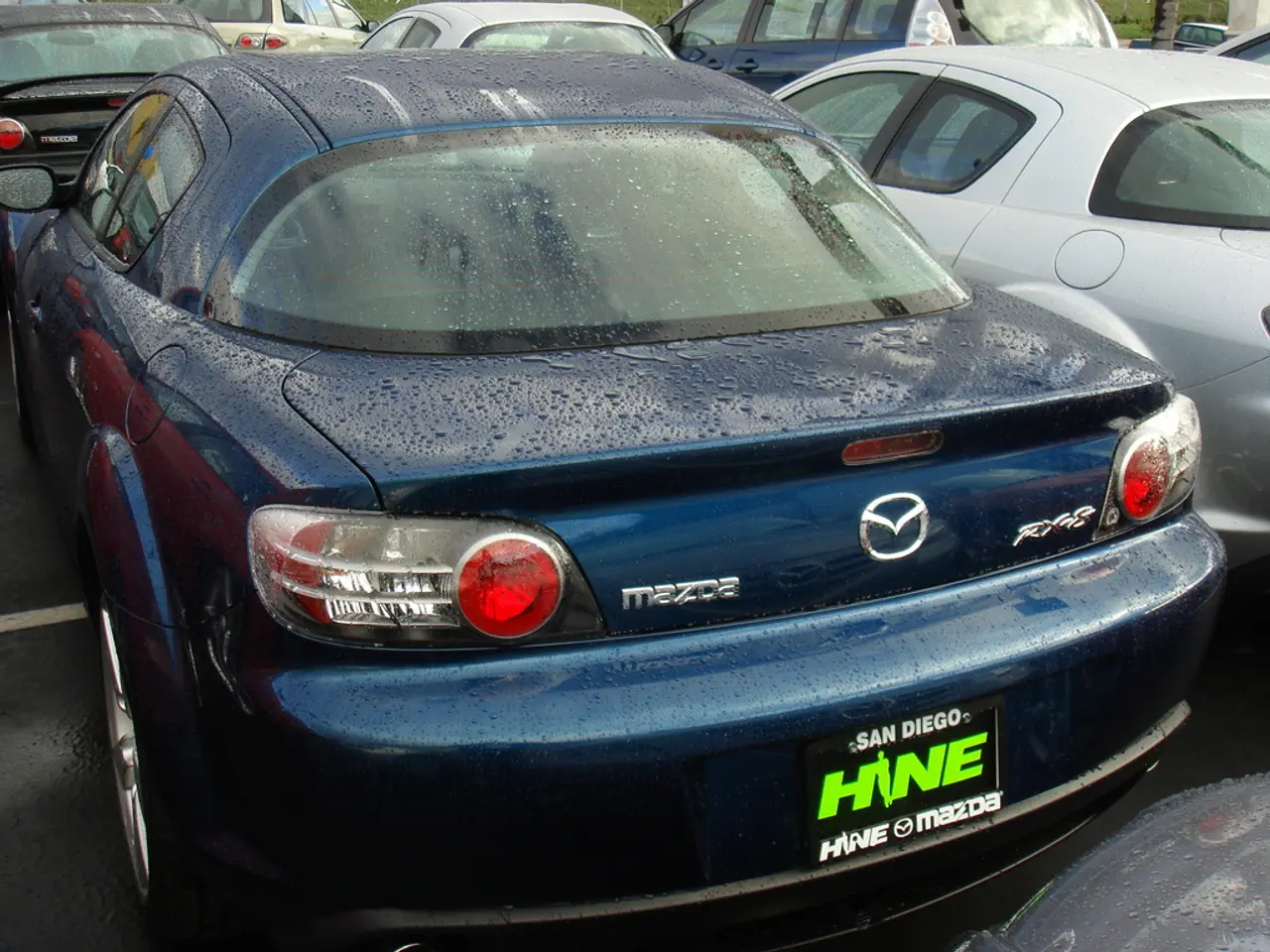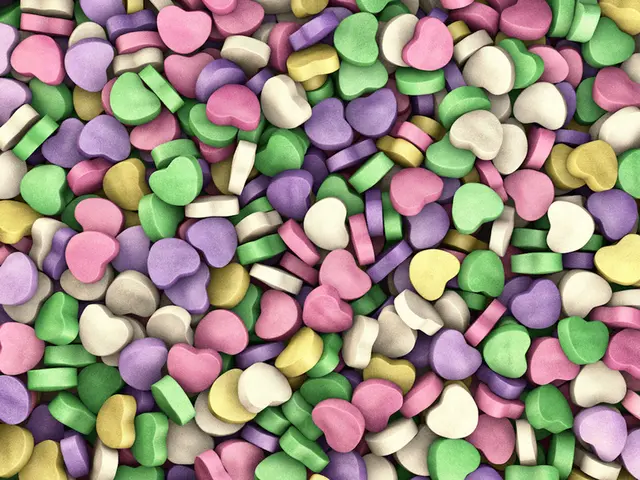CAR T Cell Study Reveals Dynamic Surface Proteome Changes
Researchers at the University Hospital Erlangen have discovered dynamic changes in CD19 CAR T cells when they interact with CD19+ Raji tumor cells. The study, led by PD Dr. Michael Aigner in a specialized cleanroom laboratory, sheds light on the cells' surface proteome reconfiguration, with proteins like CD69, 4-1BB, PD-1, GITR, and OX40 showing altered expression levels.
The team used the Proximity Network Assay to examine the membrane architecture of CD19-targeting CAR T cells in their resting state and during tumor engagement. They observed trogocytosis, where activated and exhausted CD8+ T cells acquired membrane fragments from tumor cells. The assay maps protein organization at single-cell resolution, linking DNA-barcoded antibodies into spatial interaction networks. Notably, CAR-positive cells could be efficiently detected in a mix containing 90% resting PBMCs and 10% CAR T cells.
CAR T cells target and destroy cancer cells by recognizing specific tumor antigens, like CD19 in B cell malignancies. The spatial architecture of membrane proteins, including the nanoscale localization and clustering of chimeric antigen receptors, influences T-cell signaling, activation, and therapeutic efficacy. The CAR molecule exhibited significant colocalization with canonical signaling and adhesion proteins, highlighting its incorporation into functional membrane domains.
While CAR T cell-based therapy has significantly improved cancer treatment, particularly for hematologic cancers, challenges persist, such as antigen loss and limited success in solid tumors. This research underscores the need for deeper insights into CAR T cell biology to enhance their therapeutic efficacy.
Read also:
- Inadequate supply of accessible housing overlooks London's disabled community
- Strange discovery in EU: Rabbits found with unusual appendages resembling tentacles on their heads
- Duration of a Travelling Blood Clot: Time Scale Explained
- Fainting versus Seizures: Overlaps, Distinctions, and Proper Responses






